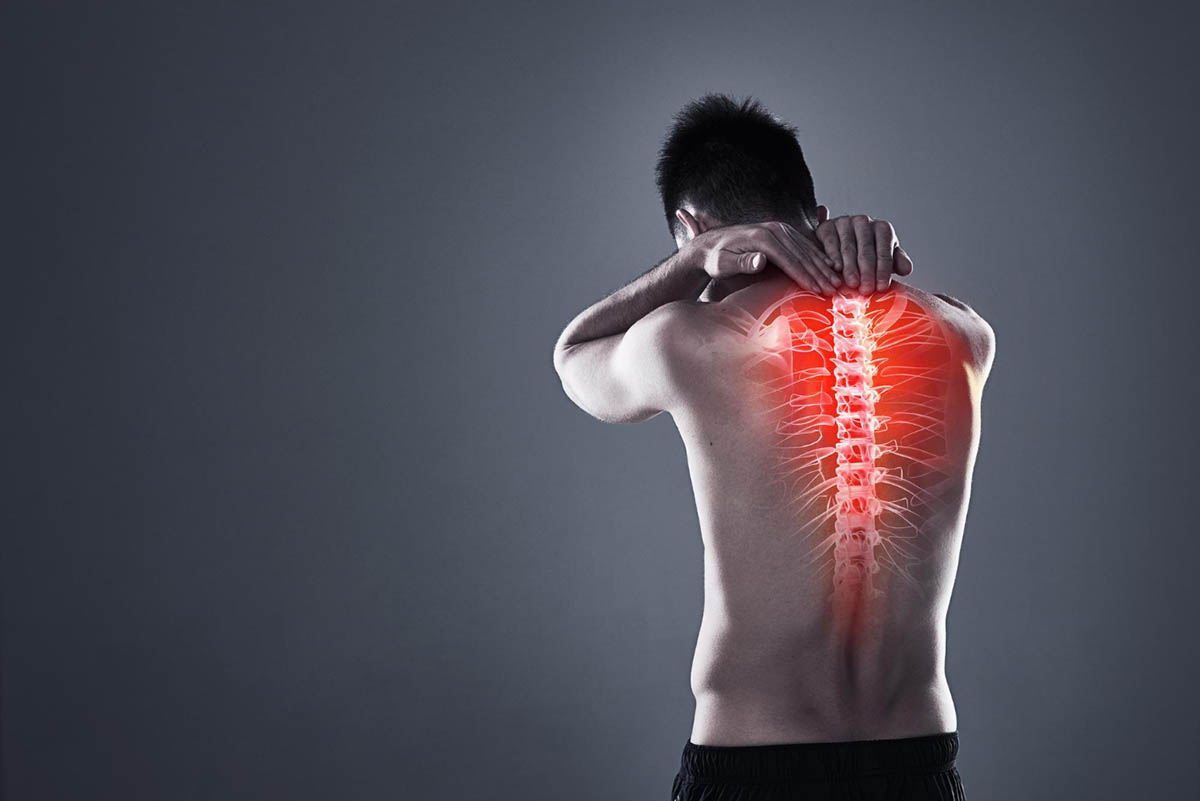
Upper back pain can hinder daily life. A pulled muscle in the upper back is a joint caused by poor posture, overexertion, or a sudden twist. Knowing how to identify and treat it is vital for recovery and prevention. Maintaining muscle strength is crucial. This blog helps recognize pulled upper back muscle symptoms like cramping and weakness, offering gentle exercises and heating pad use for treatment.
Anatomy of the Upper Back Muscles
The upper back comprises several vital muscles, including the trapezius, rhomboids, and latissimus dorsi. These muscles are responsible for the movement and stability of the shoulder blades and upper spine. A pulled muscle, also known as a muscle strain, occurs when these muscles, part of the body’s connective tissue, are overstretched or torn, leading to severe back pain and discomfort. Elastic bandages can sometimes be used for support. The injury can involve fibrous bands of tissue, which can be particularly painful.
What is a Pulled Muscle in the Upper Back?
A pulled muscle in the upper back refers to a condition where the muscle fibers are overstretched or torn. This injury can range from minor muscle strains with minor discomfort to severe injuries that cause intense pain and significant limitations in movement. In extreme cases, it may involve a complete tear of the muscle fibers, known as a total rupture.
Signs and Symptoms of a Pulled Muscle in Upper Back
Recognizing the signs of pulled upper back muscle is crucial for timely treatment, as it can help reduce pain signals from your body. Here are some common signs to look out for:
For Pulled Muscle in the Neck Area
- Sharp or dull pain in the neck and upper back
- Stiffness and reduced range of movement
- Swelling and tenderness in the affected area
- Muscle spasms
For Pulled Muscle in the Shoulders and Upper Back
- Sudden, sharp pain during physical activity
- Persistent ache or discomfort at rest
- Swelling and bruising
- Limited mobility and difficulty performing daily tasks
Common Causes of Pulled Muscle in Upper Back
Understanding the causes can help prevent future injuries. Here are some common reasons for a pulled muscle in the upper back:
Falling
A fall can cause sudden, forceful movements that overstretch the muscles, leading to a strain.
Overexertion
Lifting a heavy load or overworking the muscles during physical activity can result in a pulled muscle and pain in back.
Poor Posture
Slouching or maintaining an awkward position for extended periods can strain the upper back muscles. Improving posture is one way to prevent back pain.
Repetitive Movements
Performing repetitive tasks, especially those that involve the upper body, can lead to muscle fatigue and strain. Regular stretching can help prevent this.
Sudden Movements
Quick, jerky movements can cause the muscles to overstretch or tear, increasing the risk of injury.
Overweight
Excess weight puts additional strain on the muscles and joints, increasing the risk of a pulled muscle.
Inactive Lifestyle
A lack of regular exercise can weaken the muscles, making them more susceptible to injury, including chronic muscle strains.
Diagnosis of a Pulled Muscle in the Upper Back

Accurate diagnosis is essential for effective treatment. Here are some methods used to diagnose a pulled muscle in the upper back:
Physical Examination
A healthcare professional will conduct a thorough physical examination, checking for pain, tenderness, and swelling in the affected area.
Imaging Tests
In some cases, imaging tests such as X-rays or magnetic resonance imaging (MRI) scans may be required to rule out other conditions and assess the extent of the injury.
Self-assessment Tips for Identifying a Pulled Muscle
- Compare the affected area with the non-affected side for any visible swelling or bruising.
- Gently press on the muscle to check for tenderness.
- Note any limitations in your range of motion or pain during specific movements.
Strategies for Managing a Pulled Muscle in the Upper Back
Proper management can accelerate recovery and prevent complications. Here are some strategies:
Immediate First Aid (Rest, Ice, Compression, Elevation)
- Rest: Avoid activities that exacerbate the pain.
- Ice: Apply cold packs to reduce swelling and pain.
- Compression: Use a compression bandage to support the muscle.
- Elevation: Keep the affected area elevated to minimize swelling.
Over-the-counter Medications
Nonsteroidal anti-inflammatory drugs (NSAIDs) such as ibuprofen can help reduce pain and inflammation. Over-the-counter anti-inflammatory medicines can also be effective.
Massage
Massage therapy can relieve muscle tension and promote blood flow to the affected area, aiding in recovery.
Rehabilitation Exercises
Engaging in specific exercises designed to strengthen the upper back muscles can prevent future injuries. Consult a physical therapist for a tailored exercise program that includes gentle stretching exercises.
Importance of Proper Posture and Ergonomic Adjustments
Improving posture and making ergonomic adjustments to your workspace can significantly reduce the risk of muscle strain. Improving posture is one solution to preventing back pain, and it is crucial for long-term health and wellness. It is thought that anywhere between 15% and 19% of people suffer from chronic or lifetime upper back pain, highlighting the importance of proactive measures.
Get Expert Help for a Pulled Muscle Upper Back at WildHawk Physical Therapy

At WildHawk Physical Therapy, our experienced team of medical professionals can provide personalized treatment plans to help you recover from a pulled muscle in the upper back. From initial diagnosis to tailored rehabilitation exercises, we ensure you receive the best care possible, including medical treatment and proper treatment.
Conclusion
A pulled muscle in the upper back can be painful and disruptive, but with proper identification and treatment, recovery is achievable. By understanding the anatomy, causes, symptoms, and treatment options, you can manage this condition effectively and prevent future occurrences. Remember, improving posture and maintaining an active lifestyle are vital to keeping your upper back muscles healthy.
FAQs
How long does it take for upper back muscles to heal?
The healing time for upper back muscles varies depending on the severity of the strain. Mild strains may heal within a few days to a week, while more severe strains can take several weeks to heal completely. For severe cases, surgical repair may be necessary.
What does a pulled muscle feel like in your back?
A pulled muscle in the back typically feels like a sharp or dull pain accompanied by stiffness, swelling, and tenderness. You may also experience muscle spasms, muscle cramps, and limited range of movement.
Should I massage a pulled upper back muscle?
Massage therapy can be beneficial for a pulled upper back muscle, helping relieve tension and promoting blood flow. However, deep or aggressive massage can exacerbate the injury. Consult a professional physical therapist for appropriate massage techniques.










